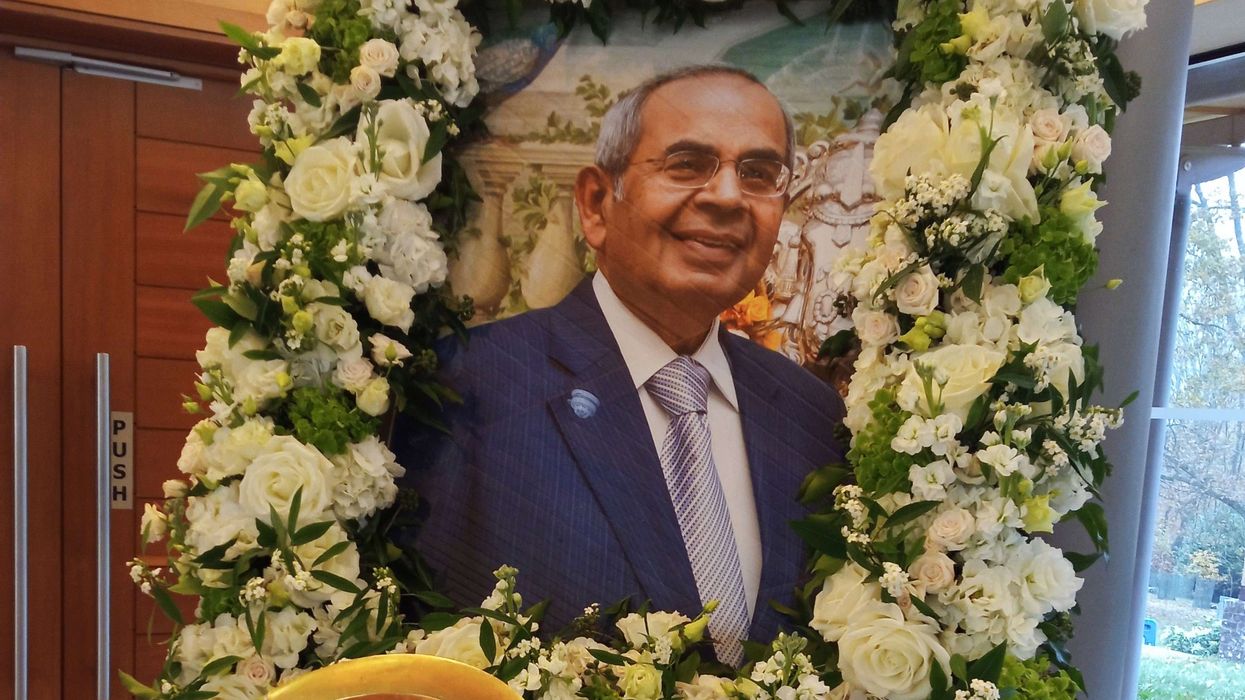EXPORTS from Bangladesh witnessed a strong comeback in the 2020-21 fiscal year, growing 15.1 per cent on year to $38.75 billion (£27.9bn), the Dhaka Tribune reported.
Robust growth in export is backed by increase in overseas shipments from ready-made garments (RMG) sector.
According to the latest Export Promotion Bureau (EPB) data published on Monday (5), RMG sector earned $31.45bn (£22.7bn) in 2020-21 — a 12.55 per cent growth.
The demand for both knitwear and home textile items increased globally as people stayed at homes for a long time due to lockdown and the pandemic, exporters said.
Selim Raihan, executive director of South Asian Network on Economic Modeling (SANEM) said that in the last quarter of the 2019-20, exports dropped at a significant rate due to the outbreak of the Covid-19 pandemic.
“The growth of exports is encouraging from the shaky situation of FY20. Although export earnings are yet to return to normal, the growth that has taken place shows that our export sector is turning around,” he said.
Since the RMG sector and other export-oriented industries were kept outside the purview of lockdown, they contributed well to the overall growth, Selim said.
Despite the double-digit growth in RMG exports, the figure was still 6.89 per cent below the annual target of $33.78bn (£24.4bn).
“...the fear has not yet subsided. If we can overcome the effects of the second wave, hopefully, we will be able to move towards normalcy,” he added.
SM Mannan Kochi, senior vice-president of Bangladesh Garment Manufacturers and Exporters Association (BGMEA), said that the exports were severely disrupted last year due to the pandemic.
Besides RMG, jute and jute goods, home textiles, and agricultural products are three other sectors that witnessed growth in exports, the data showed.
Export of jute and jute goods grew 31.63 per cent in 2020-21 to earn $1.16bn (£838 million).
Home textile also showed a positive export growth by reaching the $1bn (£722m) mark for the first time.













